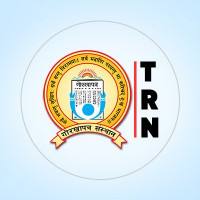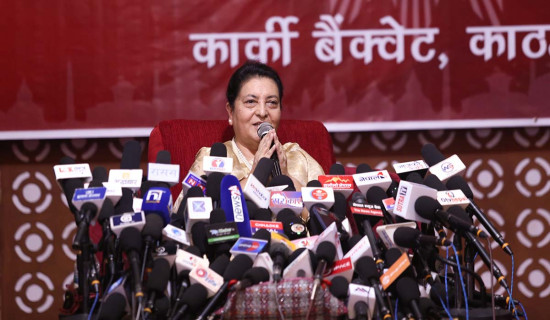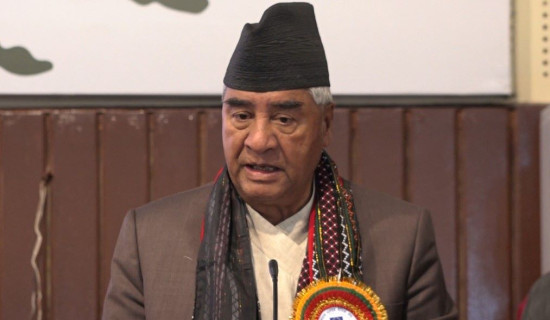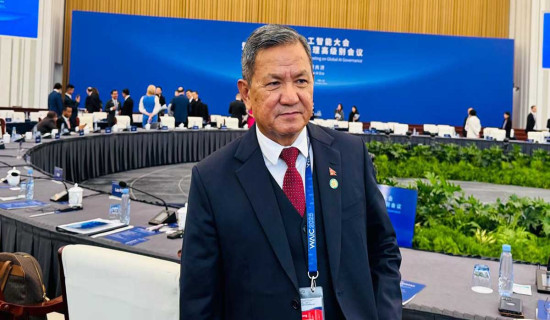- Saturday, 26 July 2025
America’s Manufacturing Revival Risks Dethroning the Dollar
Muhammad Zamir Assadi
The United States is taking major steps to rebuild its industrial base, with renewed efforts to shift key production—such as semiconductors, electric vehicles, shipbuilding, and green infrastructure—back to American soil. Framed as a move toward economic resilience and national security, this strategy aims to address global tensions, fragile supply chains, and the vulnerabilities exposed by the pandemic.
However, this push for industrial revitalization comes with a less-discussed, yet far-reaching consequence: it could gradually erode the central role of the U.S. dollar in global finance. While re-shoring manufacturing might support local industries in the near term, it also threatens the very dynamics that have long underpinned dollar dominance.
This issue echoes the Triffin Dilemma, a theory from the 1960s articulated by economist Robert Triffin. For a country’s currency to function as the world’s primary reserve, that nation must provide liquidity—typically through persistent trade deficits. But those same deficits, if excessive, can undermine faith in the currency.
For decades, America has served as the global consumer, importing vast quantities of goods and sending dollars abroad. These dollars are then recycled into U.S. financial markets, particularly through purchases of government debt, allowing the U.S. to borrow cheaply and maintain a strong financial position globally.
But if Washington pursues greater self-sufficiency and cuts down on imports, fewer dollars will circulate globally. This contraction could lead foreign governments and corporations to diversify into other currencies—such as the euro, the Chinese yuan, or even regional alternatives—diminishing the dollar’s influence.
Reviving the industrial sector isn't just about infrastructure and investment—it also hinges on human capital. Many of the jobs needed for a manufacturing renaissance are labor-intensive and low-wage, yet there's little domestic appetite for these roles among American workers.
Without a substantial transformation in workforce development—which would take decades—the U.S. will struggle to meet labor demands without foreign workers. But the current political climate is at odds with this reality. Anti-immigration rhetoric and policies conflict with the labor needs of industrial renewal. A sustainable path forward would require a reformed immigration system that acknowledges the essential role of low-skilled and undocumented labor in rebuilding American industry.
As America’s economic vision turns inward, the global monetary system may start to diversify. China has already begun internationalizing its currency, using the yuan in cross-border transactions and building alternatives to Western-dominated systems like SWIFT. Similarly, the euro continues to serve as a major reserve currency, while other regions are exploring local currency arrangements.
These developments point to a slow but steady move toward a multipolar financial world. Recent geopolitical events—including sanctions and dollar-based financial restrictions—have encouraged many countries to reduce their exposure to the dollar, fearing its use as a geopolitical lever.
While the case for reindustrializing America is compelling, it’s not without global trade offs. The dollar’s privileged status has allowed the U.S. to run large fiscal deficits and borrow at favorable rates, reinforcing its geopolitical power. Weakening that foundation could increase borrowing costs, strain debt management, and reduce U.S. leverage on the world stage.
At the same time, a more diversified currency landscape could offer benefits—especially for developing nations—by spreading risk and reducing dependency on a single currency.
In the end, the challenge is not whether the United States can restore its manufacturing prowess, but whether it can do so without undermining the monetary architecture that has long sustained its global leadership. America may need to choose: embrace economic nationalism with its associated risks, or adapt its ambitions to preserve the dollar’s preeminence in an evolving global economy.














